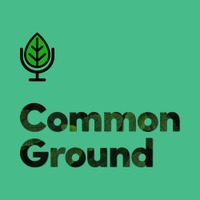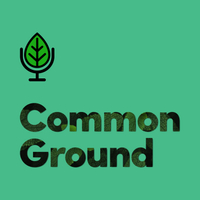
The concept of a male equivalent of polycystic ovary syndrome (PCOS) was first described more than 20 years ago (1). Male equivalent PCOS mainly affects men whose female relatives suffer from PCOS and is predominantly caused by genes responsible for the susceptibility of this syndrome in women (2,3). Similar hormonal, metabolic, and clinical alterations occurring in PCOS women have also been reported in their male relatives, suggesting an association between the male and female forms of the syndrome (2,4).
Affecting up to 10% of women, PCOS is characterised by ovulatory dysfunction and hyperandrogenism commonly associated with insulin resistance, obesity, and elevation in cardiovascular risk factors. Familial clustering implies an important genetic component.
Although similar clinical characteristics of PCOS observed in women have been found in male subjects affected by the male equivalent syndrome, the precise mechanism of the hormonal and metabolic backgrounds in these patients has not been yet established.
Diagnostic criteria
Male equivalent PCOS may be defined as an endocrine syndrome with a metabolic background that occurs in male members of a family with a PCOS history. It is characterised by the clinical signs of androgenism, complete hair loss, and the same hormonal pattern seen in PCOS, except for testosterone levels that seem to be in the subnormal range (2).
Early-onset (< 35 years of age) androgenetic alopecia ![]() (AGA), characterised by hair recession, pronounced hypertrichosis
(AGA), characterised by hair recession, pronounced hypertrichosis ![]() , insulin resistance and biochemical and hormonal abnormalities, is an important diagnostic indication (2).
, insulin resistance and biochemical and hormonal abnormalities, is an important diagnostic indication (2).
Diagnostic criteria include a family history positive for PCOS and/or the presence of the following clinical signs (3,5):
- Hyperandrogenism (early-onset AGA, acne or hypertrichosis
 )
) - PCOS-like hormonal pattern (increased DHEAS
 , AMH
, AMH  , 17α-OH-progesterone, FAI
, 17α-OH-progesterone, FAI  , decreased FSH
, decreased FSH  )
) - Metabolic abnormalities (insulin-resistance, low SHBG
 levels, hyperglycaemia, hyperinsulinemia)
levels, hyperglycaemia, hyperinsulinemia) - A trend toward higher BMI values.
High BMI and obesity cannot be defined as typical elements of male equivalent PCOS but when presented, they may contribute to the development of the hormonal, metabolic, and clinical scenario (2).
The hormonal/metabolic profile of the syndrome is still controversial (2). A recent case-control study analysing the hormonal pattern of 57 young men (19 - 30 years) with early-onset AGA, found hormonal parameters similar to the ones of female PCOS when compared to age-matched controls (6).
Also, similar to what happens in women with PCOS, an increased function of adrenal glands has been shown to occur in men with early-onset AGA (7). A higher prevalence of hypertriglyceridemia and hypertension has been reported in siblings with PCOS; more specifically, they seem to occur frequently in brothers of women with PCOS (8,9,10).
Health complications
Early-onset AGA is associated with metabolic abnormalities (e.g., insulin resistance, hyperinsulinemia), endothelial dysfunction, hypertension, cardiovascular disease, benign prostate hyperplasia, prostate inflammation and prostate cancer (3).
Evidence indicates that men with moderate to severe AGA have poorer semen quality than patients affected by moderate to mild AGA (11) indicating that male fertility may be affected.
In women, hyperinsulinemia enhances testosterone production by the ovarian theca cells leading to hyperandrogenism. In males, hyperinsulinemia negatively impacts Leydig cell steroidogenesis, resulting in decreased testosterone levels, which in turn increases the susceptibility of developing type 2 diabetes mellitus and cardiovascular disease, common features in men with early-onset AGA (3,12,13).
Conclusion
While it is still to be confirmed whether a PCOS equivalent is present in males, there is sufficient evidence to consider enquiring about a family history of PCOS in males with early-onset AGA, obesity or other evidence of metabolic abnormalities (2).
Patients with the early-onset AGA should be screened for metabolic parameters to eventually adopt pharmacological and nutritional strategies to reduce the risk of developing type 2 diabetes mellitus and cardiovascular diseases (2,4).
Early diagnosis of the syndrome is necessary to permit patients to adopt healthy lifestyle interventions to prevent the risk of metabolic and cardiovascular events.






